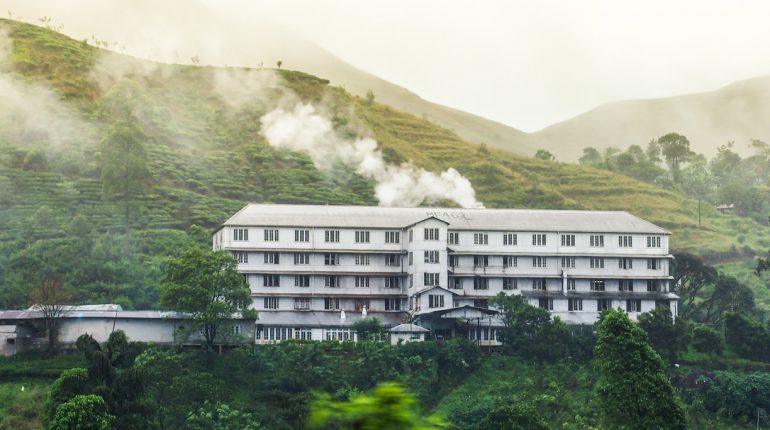You may not be aware of it, but there is a good chance that a number of your breakfast favorites actually come from Sri Lanka. We are talking about coffee, cinnamon, and tea. These have become a huge source of livelihood for its people, which also explains the growth of massive plantations. Of the three, however, the country is most well-known for its tea.
Tea production is currently bringing in more than $500 million worth of revenues, contributing around 2 percent of the country’s GDP. It also employs roughly a million people. The teas are now being exported to several countries including Britain (which is definitely a tea country), United States, and the United Arab Emirates.
The teas of Sri Lanka are produced with excellent planning and precision. They are normally grown on highly elevated lands, where the conditions of the soil and the climate are more favorable for the tea leaves. However, in order to accommodate the required number of teas, they have to make use of the mountain slopes, which then lead to a planting method known as contouring; the tea leaves now grow following the contours of the mountains.
The most popular areas for tea production are Nuwara Eliya, Kandy Uda, and Dimbula. The southern region, meanwhile, has Galle, Matara, and Deniyaya. Teas that are produced in the lower levels are stronger. Sri Lanka produces three distinct teas: green, black, and white. Black is known for being citrusy while green is nutty. White, meanwhile, has a hint of honey. It is also the most expensive among the tea types.
Exploring the Tea Plantations
The teas have also provided another lucrative opportunity for the Sri Lankans: they started opening their factories to tourists.
A trip to Sri Lanka therefore will never be complete without visiting even one of the many plantations. You can do it DIY or with a tour group. Since most of these plantations and factories, however, are found in higher areas including mountains and plateaus, it is best if you venture with a group. This way you can take advantage of a more organized transport. You may also have your own tour guide.
The entire tour doesn’t last the entire day. For one, some of the areas will be restricted. Second, most of them have scheduled times for visitations. A number of factories are also small. Overall, you need to allocate around one hour for a Sri Lankan factory.
Normally, someone will show you the different processes involved in manufacturing various kinds of teas. Take note that not all types of teas may be produced by a factory. Nevertheless, most of the procedures are very similar, so you can still have a general idea of tea production in the country.
To make the experience even more memorable, some may give you a cup as a sample. Sri Lanka also has accommodations found within a plantation, and you are not only free to roam around, but you are also allowed to take home tea leaves as souvenirs.


